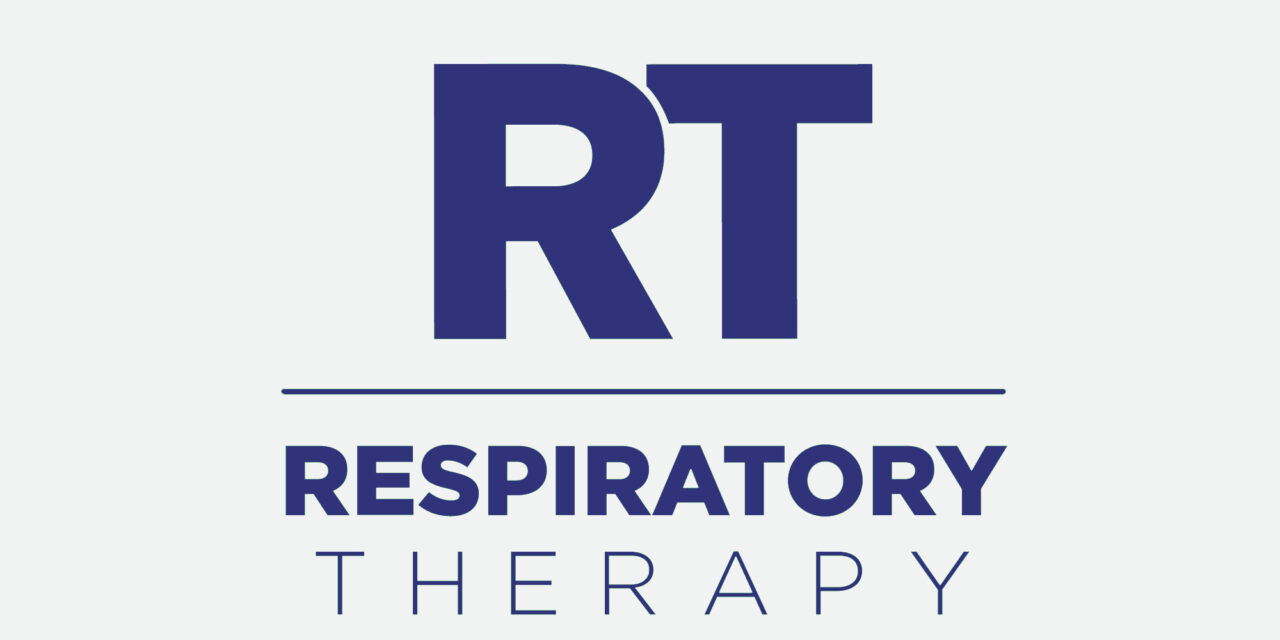More than one third of college athletes assessed for breathing problems had test results suggesting exercise-induced asthma, even in those athletes who had no previous history of asthma, a study published in Medicine & Science in Sports & Exercise shows.
Researchers at Ohio State University Medical Center, Columbus, screened 107 Ohio State varsity athletes for exercise-induced asthma. Of these, 42 tested positive, and 36 of those 42 athletes had no prior history of asthma.
To stress the lungs, the researchers used eucapnic voluntary hyperpnea testing, a technique which has proved to be a sensitive test for diagnosing exercise-induced asthma. The test involves challenging or stressing the lungs by making the person hyperventilate, then measuring their lung function to determine if it decreases from the stress, mimicking the expected changes in exercise-induced asthma.
“Previous studies on college athletes did not utilize the eucapnic voluntary hypernea technique, which is the International Olympic Committee’s test of choice in documenting exercise-induced asthma, so our specific aim was to use this method throughout our investigation,” said Jonathan Parsons, MD, PhD, a pulmonologist and associate director of the medical center’s asthma center and lead author of the study.
“One important finding of this study is that a history of symptoms with exercise is not enough to make a correct diagnosis,” he said. “Diagnosis and treatment of exercise-induced asthma based solely upon subjective symptoms could increase the number of inaccurate diagnoses and expose people to unnecessary medications.”
The researchers added that neither the sex of the athlete nor the breathing demands of the sport affected the prevalence of exercise-induced asthma.










